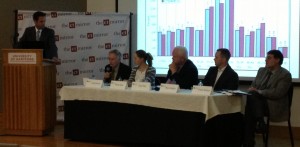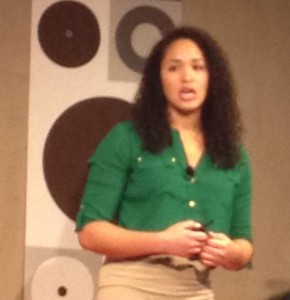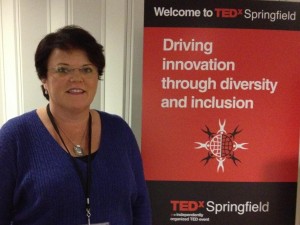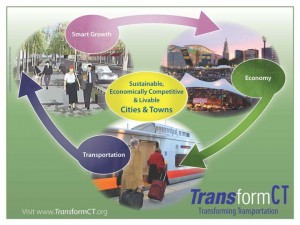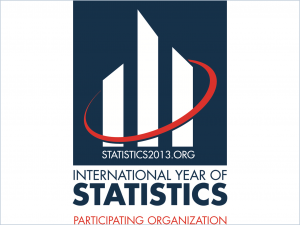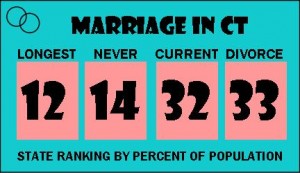More Children Killed, Wounded by Guns Across US; Study Suggests Handguns in Households Key Culprit
/
The conclusions and the statistics, in a study presented to the American Academy of Pediatrics were stark and sobering:
- Hospitalizations and in-hospital deaths for children with gun shot wounds are increasing in the U.S. Currently, over 7,500 children are annually hospitalized for gun shot wounds, including over 500 in-hospital deaths.
- While recent policy proposals to limit military-style semi-automatic assault weapons are important, handguns remain the leading injurious agent and may be a more efficacious target.
- There was a significant relationship between percentage of household gun ownership and percentage of gun shot wounds occurring in the home.
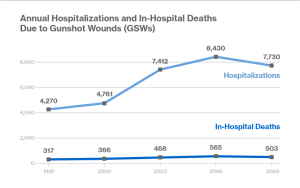
- Policies designed to reduce the number of household firearms, especially handguns, may reduce childhood gun shot wounds. Household gun ownership and safety practices vary widely by state.
In “United States Gunshot Violence—Disturbing Trends,” researchers from Boston and Michigan reviewed statistics from the Kids’ Inpatient Database (KID) from 1997, 2000, 2003, 2006 and 2009 (for a total of 36 million pediatric hospital admissions), and estimated state household gun ownership using the most recent Behavioral Risk Factor Surveillance System data (2004).
Between 1997 and 2009, hospitalizati ons from gunshot wounds increased from 4,270 to 7,730, and in-hospital deaths from 317 to 503, the researchers found. The study also found a significant association between the percentage of gunshot wounds occurring in the home and the percentage of households containing any firearms, loaded firearms and unlocked loaded firearms.
ons from gunshot wounds increased from 4,270 to 7,730, and in-hospital deaths from 317 to 503, the researchers found. The study also found a significant association between the percentage of gunshot wounds occurring in the home and the percentage of households containing any firearms, loaded firearms and unlocked loaded firearms.
“Handguns account for the majority of childhood gunshot wounds and this number appears to be increasing over the last decade,” said lead study author, Arin L. Madenci, MD, MPH, University of Michigan Medical School. “Furthermore, states with higher percentages of household firearm ownership also tended to have higher proportions of childhood gunshot wounds, especially those occurring in the home,” Madenci told MSNBC. Madenci, and his colleague, Dr. Christopher Weldon, a surgeon at Boston Children’s Hospital, conducted the research.
Among homes with children , rates of gun possession ranged from a national low of 10 percent in New Jersey, for instance, to 62 percent in Montana, the researchers found.
, rates of gun possession ranged from a national low of 10 percent in New Jersey, for instance, to 62 percent in Montana, the researchers found.
According to the Connecticut Office of Child Advocate, between January 1, 2001 and December 31, 2012 (a 12-year period), 94 children in Connecticut died from gunshot wounds. During that period 924 children were injured by guns. Nearly half, 44 percent, died in Hartford, New Haven or Bridgeport, or towns nearby the report noted. Just over one-third (36 percent) involved children between 2 and 14 years old. The datawas issued a month after the murder of 20 school children and six adults in Newtown. "The circumstances of the other 74 child deaths and the vast majority of injuries from guns in this state," the Child Advocate report said, " are very different - single incidents ... with roots in factors underlying community violence."
“Policies designed to reduce the number of household firearms, especially handguns, may more effectively reduce the number of gunshot injuries in children,” said Dr. Madenci.


 Francisco-Oakland (44%), Fort Collins-Loveland, Colorado (44%), and Seattle-Everett, Washington (42%). Yuma, AZ and Merced, CA, both at 11 percent, ranked last.
Francisco-Oakland (44%), Fort Collins-Loveland, Colorado (44%), and Seattle-Everett, Washington (42%). Yuma, AZ and Merced, CA, both at 11 percent, ranked last. education rise by about 7 percent as the share of college graduates in his city increases by 10 percent,” a statistical analysis indicates.
education rise by about 7 percent as the share of college graduates in his city increases by 10 percent,” a statistical analysis indicates.